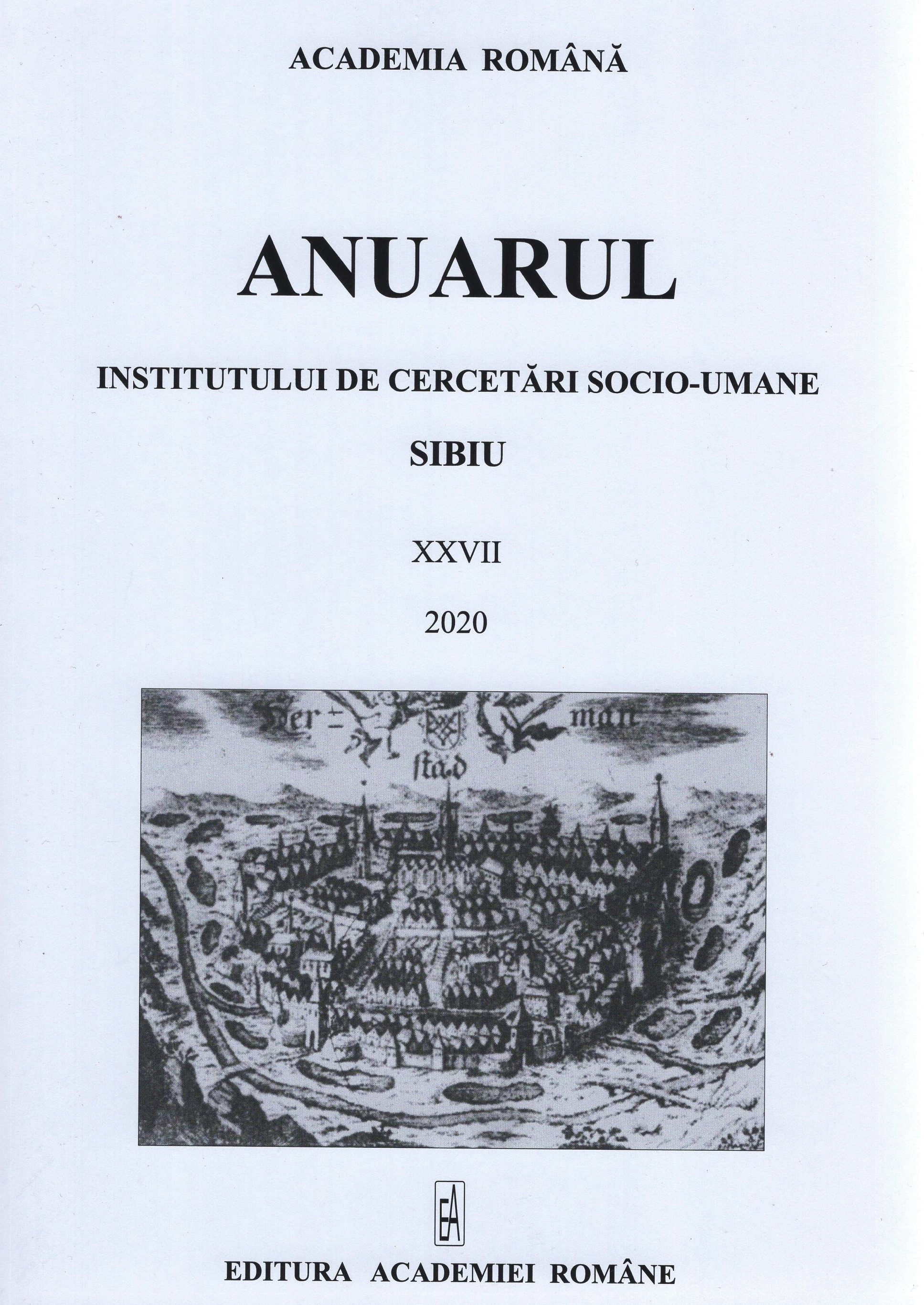Agenția (Sucursala) Sibiu a Băncii Naționale a României în perioada 1919−1946
The Sibiu Branch of the National Bank of Romania between 1919 and 1946
Author(s): Nadia ManeaSubject(s): Economic history, Recent History (1900 till today)
Published by: Editura Academiei Române
Keywords: Sibiu Branch of the National Bank of Romania; monetary unification; discount; Albina Bank; NBR treasure; evacuation of the Issued Notes Compartment in Rășinari; NBR Archive;
Summary/Abstract: Sibiu was one of the Transylvanian cities, which benefited from the help of the National Bank of Romania before 1918, via the Albina Bank, with the aim of supporting the Romanian institutions. This aspect, together with the city’s favourable geographic positioning and economic potential, explain why Sibiu became one of the first five cities in Transylvania where the National Bank of Romania established a branch in 1919. Starting its actual operations after the ending of the monetary unification process and the taking over of the premises of the former Austrian-Hungarian Bank, the Sibiu Branch of the National Bank of Romania performed a significant number of transactions ever since 1921–1927, when it ranked seventh among the NBR offices in the country and third in Transylvania. Even during the times of the Great Depression, the Sibiu office managed to outperform most of the other branches. Our research of the documents in the NBR Archives showed that the Sibiu Branch of the National Bank of Romania played an important role for the local economy, as well as in the relationships with local banks, including Transylvanian Saxon ones, while also continuing its involvement in charity and other actions aimed at supporting Romanian cultural and religious institutions. Some of the most distinguished figures among the bank officers working for the Sibiu Branch were several of its managers, including Nicolae Mărculescu (1919–1932), Lucian Cioranu (1937–1939), and Alexandru Mihăilaș (1940–1947), among others, but also bank clerks such as Ilie Nicoară, Ioan Sadofsky, Constantin Filip Enescu, and Ioan Lissai. During the difficult years of the Second World War, the Sibiu Branch also became a shelter for the employees of the NBR offices evacuated in the summer of 1940. In 1944, it was considered as an option for the evacuation of the NBR gold treasure and provided support for the operations of the Issued Notes Compartment, which had been evacuated to Rășinari. The nationalization of the National Bank of Romania by way the law of December 1946 imposed essential changes in the attributions of its branches, establishing a new period in the history of the NBR Sibiu Branch.
Journal: Anuarul Institutului de Cercetări Socio-Umane Sibiu
- Issue Year: XXVIII/2021
- Issue No: 28
- Page Range: 37-59
- Page Count: 24
- Language: Romanian
- Content File-PDF

